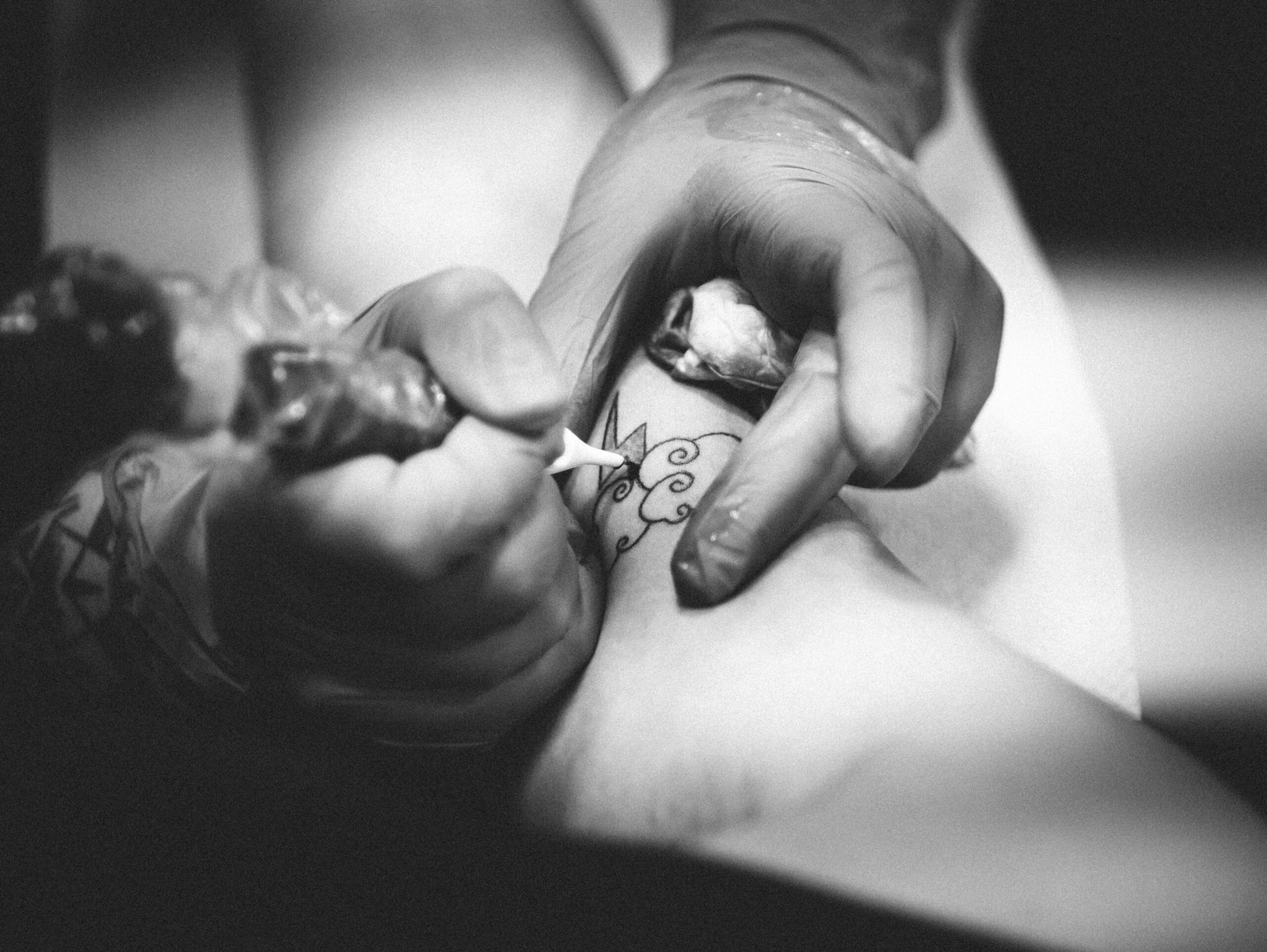What is the Difference Between PicoSure and Picosecond Lasers?
Introduction to Laser Technology
Laser technology, an acronym for “Light Amplification by Stimulated Emission of Radiation,” is a robust field that leverages the properties of light for a variety of applications. Lasers produce a concentrated beam of light, unique for its coherence and monochromatic nature, which can be meticulously controlled in terms of wavelength, pulse duration, and energy output.
The wavelength of a laser refers to the specific color of light it emits, measured in nanometers (nm). This determines its interaction with different types of tissue or materials. Pulse duration, on the other hand, specifies the length of time a laser emits light in each pulse, which can range from continuous waveforms to ultrafast pulses measured in picoseconds (one trillionth of a second). The energy output, quantified in joules, denotes the power delivered to a targeted area, influencing the depth and effectiveness of the treatment.
Within the realm of medical and cosmetic procedures, two prominent types of lasers are the PicoSure and picosecond lasers. PicoSure stands out for its proprietary PressureWave technology, designed to shatter ink particles into dust-like fragments without damaging surrounding tissue. It operates primarily in the picosecond range, providing rapid pulses that enhance precision and safety.
Picosecond lasers, a broader category encompassing various brands and models, share the fundamental characteristic of delivering incredibly short bursts of energy. These lasers excel in procedures like tattoo removal, skin resurfacing, and pigmentation correction due to their ability to break down pigment particles with minimal heat generation, reducing the risk of thermal damage.
Both PicoSure and picosecond lasers have transformative roles in dermatological treatments, offering advancements in effectiveness and recovery time. By comprehending the basic principles of laser technology, one can better appreciate the nuanced differences between these cutting-edge devices.
Understanding Picosecond Lasers
A picosecond is a trillionth of a second, representing an exceedingly brief interval of time. Picosecond lasers operate by emitting ultra-short energy pulses in the picosecond range, delivering immense power in incredibly brief bursts. This advanced technology is primarily notable for its capacity to achieve high-precision outcomes with minimal thermal damage to surrounding tissues.
Picosecond lasers boast a shorter pulse duration compared to traditional nanosecond lasers, making them exceptionally effective for various dermatological treatments. The higher peak power of picosecond lasers means they can fragment pigmented particles, such as tattoo ink, into much smaller pieces more efficiently. This enhanced fragmentation aids in quicker and more complete removal while reducing the likelihood of skin damage.
One of the paramount advantages of picosecond lasers is their ability to target and treat pigmentation issues, including age spots, freckles, and melasma, with high precision. This characteristic is leveraged extensively in treatments aimed at skin rejuvenation. By stimulating collagen production, picosecond lasers can improve skin texture and reduce fine lines, hence offering a non-invasive solution to maintaining youthful skin.
Tattoo removal is another significant application area for picosecond lasers. Due to the precise high-energy pulses, these lasers can more effectively break down complex tattoo pigments compared to traditional laser technologies, often requiring fewer treatment sessions for visible results. Furthermore, the minimal heat production during the treatment mitigates discomfort and speeds up recovery time.
The high energy concentration and accuracy of picosecond lasers also make them suitable for addressing pigmentation disorders without causing excessive heat absorption in the surrounding tissue. This targeted approach ensures that treatments are both effective and safe, minimizing the risk of side effects such as scarring or pigmentation changes.
In summary, picosecond lasers represent a leap forward in laser technology owing to their shorter pulse durations and high energy output. Their precision, efficacy, and safety profile make them invaluable tools in modern dermatology, suitable for a range of applications from tattoo removal to skin rejuvenation and pigmentation correction.
What is PicoSure?
PicoSure, developed by Cynosure, stands out as a pioneering type of picosecond laser technology that has significantly altered the landscape of cosmetic dermatology. Its unique features, such as the innovative PressureWave technology and the provision of multiple wavelengths, set it apart from other picosecond lasers. Unlike traditional laser systems, PicoSure operates by delivering ultra-short bursts of energy at a trillionth of a second (one picosecond). This capability allows it to precisely target and shatter pigment particles without causing substantial thermal damage to surrounding tissues.
A key distinction of PicoSure is its PressureWave technology, which converts laser energy into gentle pressure waves. These waves effectively break down the pigment into smaller particles, which are more easily absorbed and eliminated by the body’s natural processes. This technique not only ensures faster treatment sessions but also reduces the likelihood of side effects such as redness or swelling. Furthermore, it boasts a variety of wavelengths—including 532 nm, 755 nm, and 1064 nm—making it versatile enough to treat a wide range of skin types and conditions, from acne scars and wrinkles to tattoos of diverse colors.
The benefits of PicoSure extend beyond its technical specifications. Patients often experience significantly faster recovery times and require fewer treatment sessions to achieve desired results. Additionally, its capability to treat a broad spectrum of skin types makes it an appealing option for patients of various ethnic backgrounds and skin tones. Clinicians appreciate the consistent and reliable outcomes PicoSure delivers, which has contributed to its rising popularity in the realm of cosmetic dermatology.
PicoSure’s effectiveness, combined with the reduced risk of complications and the minimal downtime involved, makes it a preferred choice for patients seeking efficient and safe dermatological treatments. Its advanced technology and broad applicability underscore why PicoSure has become a staple in modern cosmetic practices, offering remarkable improvements in skin rejuvenation and tattoo removal.
Comparing PicoSure and Other Picosecond Lasers
When examining PicoSure versus other picosecond lasers, several key differences emerge that highlight their unique attributes and potential efficacy for various dermatological needs. PicoSure, an innovation by Cynosure, utilizes a 755 nm wavelength, specifically targeted at melanin, making it particularly effective for pigmentary disorders and tattoo removal. It distinguishes itself with patented PressureWave technology, which employs ultra-short pulses to shatter pigment particles with minimal thermal damage to surrounding tissues.
Conversely, other picosecond lasers commonly operate at multiple wavelengths, such as 532 nm, 755 nm, and 1064 nm, providing versatility in treating different skin conditions and tattoo colors. These wavelengths allow for broader applicability in targeting a range of pigmentation and tattoo colors, from black to multicolored, which some practitioners find advantageous for customized treatments.
Regarding treatment protocols, PicoSure often requires fewer sessions compared to other picosecond lasers due to its efficient pigment breakdown mechanism. The enhanced energy delivery in shorter timeframes enables more rapid clearance while maintaining patient comfort. Other picosecond lasers may necessitate multiple sessions to achieve similar results, potentially impacting overall treatment duration and patient convenience.
Patient experiences with PicoSure frequently highlight a quicker recovery period and reduced side effects, attributed to the minimized heat diffusion and lower risk of tissue damage. Patients treated with other picosecond lasers may experience varying recovery times and side effect profiles, which could influence their choice based on downtime tolerance and overall comfort.
From a cost perspective, treatments involving PicoSure tend to be on the higher end due to its advanced technology and efficacy. However, some individuals may find this a worthwhile investment considering the reduced number of required sessions. Other picosecond lasers might offer more cost-effective options, but potentially at the expense of longer treatment durations.
Accessibility also plays a role in decision-making. While PicoSure is widely available in many dermatology and aesthetic clinics, other picosecond lasers might be more accessible in varied settings, offering broader patient reach.
Ultimately, the choice between PicoSure and other picosecond lasers should be guided by specific treatment goals, skin types, and tattoo characteristics. Consultation with a qualified dermatological professional can provide personalized insights, ensuring the chosen modality aligns with individual needs and expectations.







